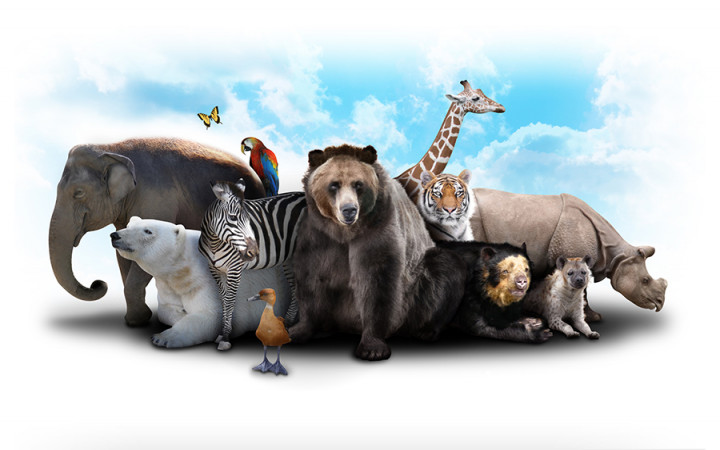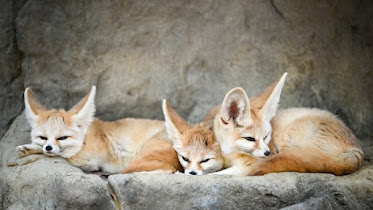People For Animals
Texel is a breed of sheep known for its excellent meat quality and high growth rate. It is named after the island of Texel in the Netherlands, where the breed originated. Texel sheep are now found in many countries around the world, and they are popular among sheep farmers for their valuable meat characteristics.
Here are some key features and characteristics of Texel sheep
Meat Production
Texel sheep are primarily raised for meat production. They have a well-muscled body, and their meat is renowned for its tenderness, leanness, and fine texture.
Muscular Build
One of the defining features of Texel sheep is their muscular build. They have a naturally high meat-to-bone ratio, making them an ideal choice for meat production.
Fast Growth
Texel sheep are known for their rapid growth rate, which contributes to their efficient conversion of feed into meat.
White-Faced
Texel sheep typically have a distinctive white face, and their wool is usually white or off-white in color.
Wool Quality
Although Texel sheep are primarily raised for meat, they also produce a dense and medium-fine wool, which is used in various textile applications.
Adaptable
Texel sheep are adaptable to various climates and management systems, making them a versatile breed that can thrive in different environments.
Crossbreeding
Texel sheep are often used in crossbreeding programs to improve meat quality and growth rates in other sheep breeds.
Lambing
Texel ewes are known for their good maternal instincts and ease of lambing, which contributes to successful lamb survival rates.
Due to their valuable meat qualities and fast growth, Texel sheep have gained popularity in many countries as a breed of choice for commercial sheep farming. Their ability to produce high-quality meat efficiently makes them a preferred breed for meat production purposes.
- About the Merino Sheep
Merino sheep are a breed known for their high-quality and soft wool. They are one of the most valuable and sought-after breeds in the textile industry due to the superior characteristics of their wool. Here are some key facts about Merino sheep
Wool Quality
Merino wool is exceptionally fine, soft, and crimped, making it highly prized for its warmth, softness, and comfort. It is considered one of the finest and most luxurious types of wool in the world.
Origin
Merino sheep originated in Spain and are named after the Spanish word "merino," which means royal or of the king. They were historically bred for their fine wool, which was reserved for royalty and nobility.
Fine Wool
Merino sheep have a much higher wool fiber count per square inch compared to other sheep breeds. This results in the production of fine wool fibers, making their wool highly valuable in the textile industry.
Adaptability
Merino sheep are adaptable to various climates and can be found in different parts of the world, including regions with hot summers and cold winters.
Dual-Purpose
While Merino sheep are primarily known for their wool, some strains have been developed for dual-purpose traits, including wool and meat production.
Crimped Wool
The crimped nature of Merino wool fibers contributes to their elasticity and ability to retain heat, making them ideal for various apparel items like sweaters, scarves, and socks.
High Yield
Merino sheep produce a substantial amount of wool relative to their body weight, making them efficient wool producers.
Fine Micron Count
The fineness of Merino wool is often measured in microns, and the finest Merino wool can have a micron count of less than 18 microns, which is incredibly soft and suitable for luxury garments.
Softness
Due to the fine diameter of the wool fibers, Merino wool is exceptionally soft and comfortable against the skin, making it a popular choice for clothing worn next to the body.
Merino wool is highly valued in the fashion and textile industries, and it is used to create a wide range of products, from high-end luxury clothing to outdoor activewear. The breed's adaptability and wool quality have made Merino sheep popular not only for their wool but also for crossbreeding with other sheep breeds to improve wool quality in various regions around the world.









































